I would read questions and answers as saying you want to do one thing, every one has advised some thing else, so you will keep bringing up reasons why you can do as you want until some on agrees with you even if poor advice.
Yes I have used crimps within trunking without epoxy shrink on them, but that does not make it right. To use a joint which is not a through joint, does allow you to tie wrap the wires so no direct strain on the wires in question, but it means there is something for other wires to snag on.
One does not use trunking where the wires will never be touched, the whole idea of trunking is to allow wires to be altered. I love the idea of trunking this
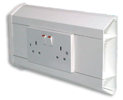
allows one to easy change positions of sockets without damaging the wall, and this
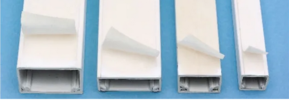
allows one to hide cables, and this
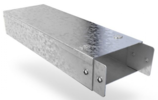
allows the use of singles, they are all trunking, but used in different ways, the requirement for use of clips
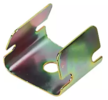
inside the trunking has made the use of plastic trunking less popular, I would use stick on trunking and then smear some stopper on the edges to blend it in, also the stopper would hold it there even if the sticky back lost its stickiness. But the fire regulations stopped that, and it is uncertain if we can even use plastic raw plugs.
The last I used was in mothers house where when the house was rewired the electrician put a length of horizontal trunking T2 between to sockets, hid by wardrobe I missed it until latter, I removed chiselled out plaster and refitted so flush with plaster, and then papered over it, it would need a tool to access as would need the plaster removing along the edge, but the whole job was a botch up to cover the electricians poor workmanship, it had been agreed all sockets to be on a ring final, and trunking only to be used in corners, but wardrobe hid it from view.
So there are times when you simply can't make a silk purse out of a sows ear, so you have to do your best botch up. However what needs to go through your mind is will this be picked up as a fault with an EICR, and if it goes wrong will you need to correct it FOC or pay for damage caused.
This in real terms means what I do in my own house, I would likely not do in some one else's, even 25 years latter poor workmanship can come back to bite you. And with minor works certificates showing who did the work, it is simply not worth the risk, if a job is worth doing it is worth doing well.
It is possible I would have at one time made a junction in trunking, however I noted a different colour cable either end of some trunking in a school and investigated, I found sub standard work, and wrote out a report, the result was a caretaker looking for another job, so is it worth it? That caretaker could have simply done nothing and he would still have his job, it seems so wrong he was let go because he tried to help. Some times one needs to simply say no.
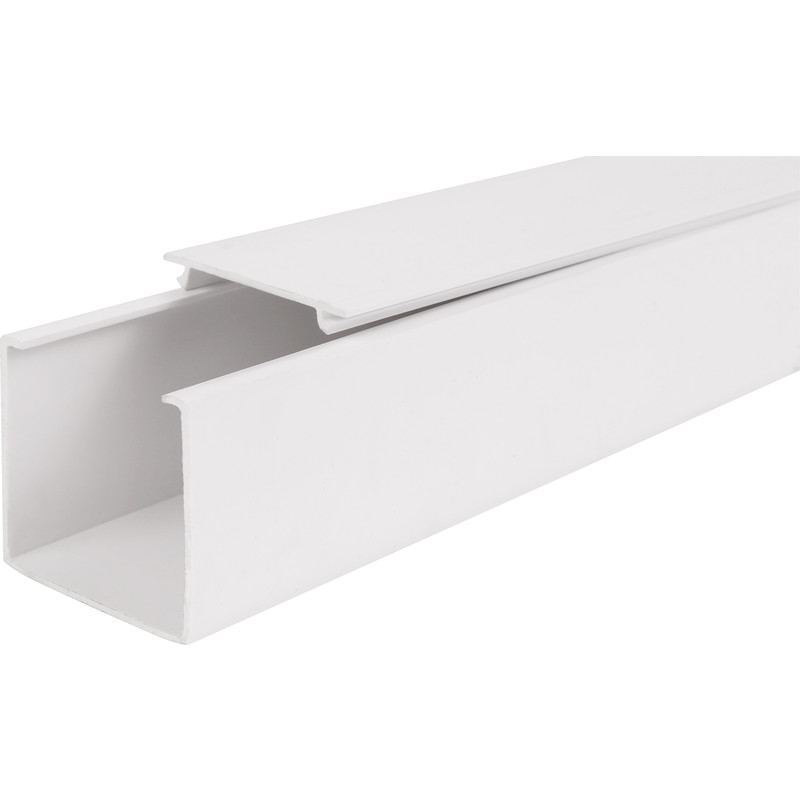
 www.toolstation.com
www.toolstation.com

 www.toolstation.com
www.toolstation.com





